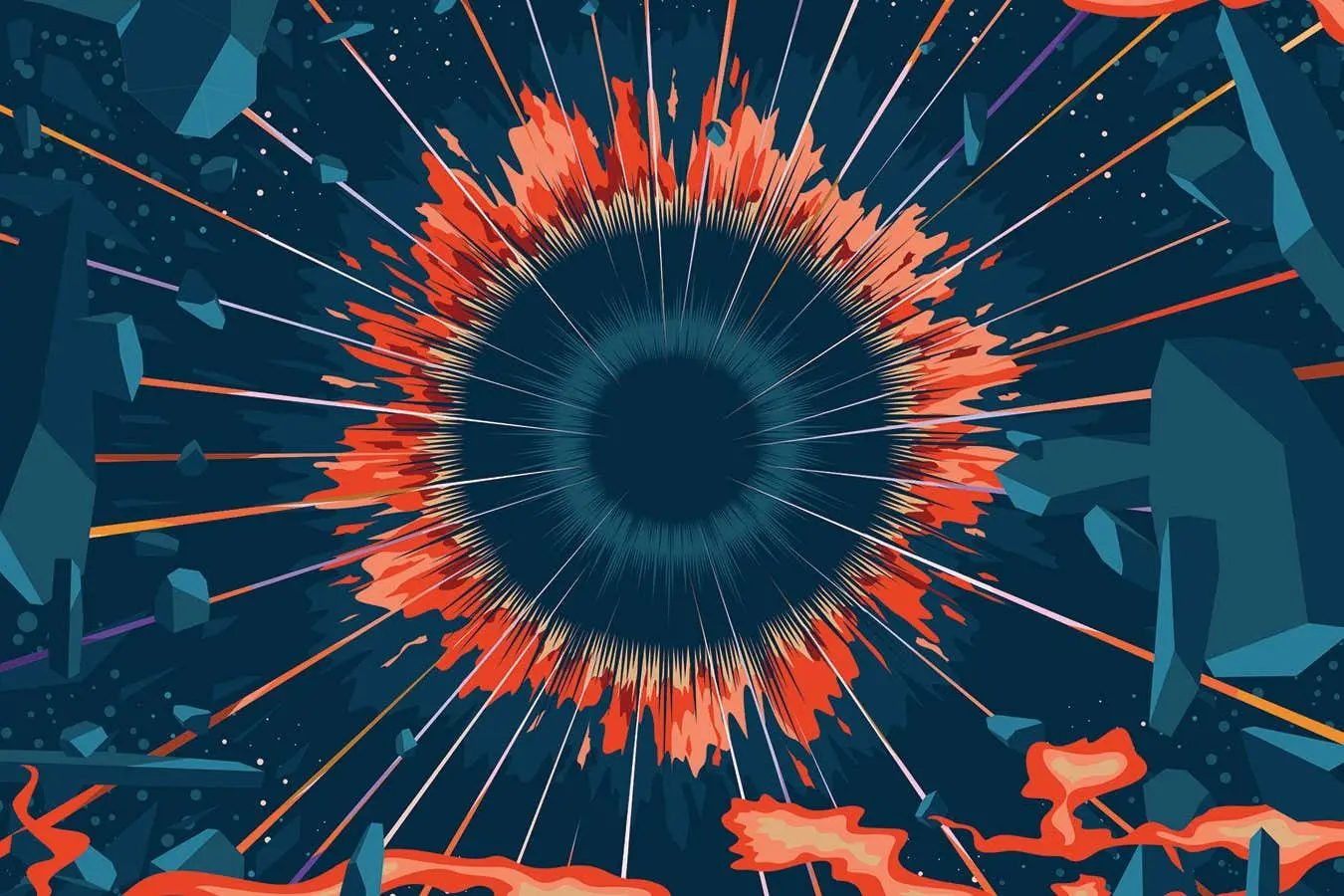By mulling over colliding bubbles on a cosmological scale, physicists are finding cause for speculation about fresh sparks of cosmic creation. It is possible, they say, that in the weeks after the big bang there was a second, similarly profound moment of transformation. This one may have spawned monstrous shadow particles trillions of times the mass of those that make up normal matter and could make sense of the mysterious, invisible matter that seems to hold galaxies together. As outlandish as it might sound, the concept of a “dark” big bang is broadly in line with a quiet revolution that is already under way, as cosmologists rewrite what we think of as the standard big bang to account for multiple distinct “phase transitions”, each leaving its mark on the cosmos. What’s more, we now have the tools to test this idea by peering into the universe’s earliest moments and untangling the faint ripples produced by these profound primordial shifts. Archive link: https://archive.li/YH6tl



Thanks! That’s a well-written paper. I don’t know why I keep falling for science journalism’s simplified explanations.
I’ve so-far only skimmed it, but to answer my question they find light dark matter to be the simplest case (I didn’t see a specific range, but they used 250keV as an example), but they also considered a scenario where “dark-zillas” (mass >> 10^10 GeV) are plausible. At least that still narrows the search space a bit 😅
And speaking of crappy science journalism, this paper was not linked or referenced properly in the article. I did a search on dark big bang and this was the 2nd or 3rd result.